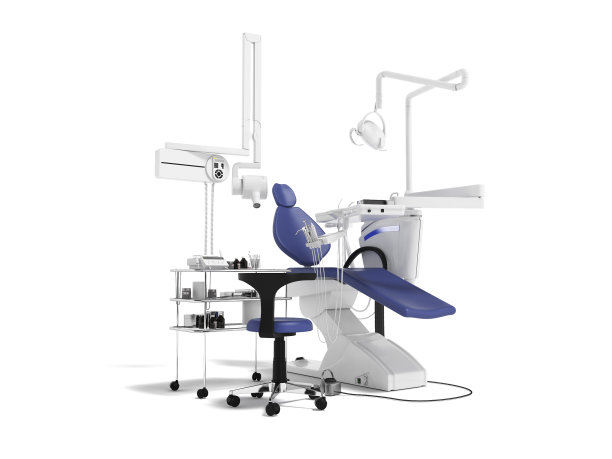Essential Precautions to Ensure a Successful and Safe Root Canal Treatment Procedure for Optimal Dental Health
Summary: Root canal treatments are essential for maintaining optimal dental health, especially when faced with infected or damaged teeth. This article explores essential precautions that ensure the procedure is both successful and safe. Key aspects include thorough patient assessment, using appropriate technology, employing effective anesthesia techniques, and emphasizing post-treatment care. Understanding these components can significantly enhance the likelihood of a positive outcome, minimize risk, and promote lasting dental wellness.
1. Thorough Patient Assessment Prior to Treatment

A comprehensive assessment of the patient’s dental and medical history is crucial before initiating a root canal treatment. Dentists should inquire about previous dental issues, allergic reactions, and any underlying medical conditions that might affect the treatment. Understanding these elements helps in tailoring the procedure to the unique needs of each patient.
Additionally, the dentist should conduct a thorough clinical examination to assess the affected tooth and its surrounding structures. This may include X-rays or other imaging techniques to evaluate the extent of the infection or damage. Accurate diagnosis is essential for planning the most effective treatment approach.
Effective communication with the patient is another key aspect of this phase. Educating patients about the procedure, expected outcomes, and potential risks can alleviate anxiety and foster trust. When patients feel involved and informed, they are more likely to cooperate and adhere to pre-treatment recommendations.
2. Utilizing Appropriate Technology and Equipment
The use of advanced technology significantly enhances the safety and efficacy of root canal treatments. High-quality imaging systems, such as digital X-rays and cone beam computed tomography (CBCT), provide clear views of the tooth’s internal structure, aiding in accurate diagnosis and treatment planning.
Moreover, employing rotary endodontic tools can improve the speed and efficiency of the procedure. These instruments not only reduce the time spent in the dental chair but also ensure a more precise cleaning of the root canal system, minimizing the risk of incomplete treatment.
Moreover, maintaining sterilization protocols and using disposable or sterilized equipment is vital for preventing infections. A clean and organized work area enables the dental team to perform procedures confidently while ensuring patient safety throughout the treatment.
3. Effective Anesthesia Techniques for Comfort
Administering effective anesthesia is a cornerstone of patient comfort during root canal treatments. A combination of local anesthetics, sedation, or nitrous oxide can be utilized depending on the patient’s anxiety levels and the complexity of the procedure. Proper administration ensures that the patient remains comfortable and pain-free.
Additionally, pre-anesthesia consultation plays a key role in identifying the most suitable anesthetic approach for each patient. Factors such as previous experiences with anesthetics and individual pain thresholds should be considered to optimize the comfort level during treatment.
Post-anesthesia monitoring also contributes to a successful procedure. Ensuring that patients are adequately supervised until they regain full sensation is essential for their well-being. Providing detailed aftercare instructions helps patients manage any discomfort once the anesthesia wears off.
4. Emphasizing Post-Treatment Care for Recovery
Proper post-treatment care is crucial for a successful recovery following root canal therapy. Dentists should provide clear instructions on pain management, dietary recommendations, and signs of potential complications to watch for. Empowering patients with knowledge about their treatment enhances their ability to care for themselves post-procedure.
Follow-up appointments should be scheduled to monitor healing and ensure that the treated tooth is responding positively. These visits are essential for addressing any concerns that may arise after treatment and for reinforcing the importance of maintaining regular dental check-ups.
Lastly, encouraging patients to maintain good oral hygiene practices plays a pivotal role in supporting the overall healing process. Reminding them of the significance of brushing, flossing, and regular dental visits can help retain the longevity of the treatment outcome.
Summary:
Ensuring a successful and safe root canal treatment procedure hinges on thorough patient assessment, the use of appropriate technology, effective anesthesia techniques, and strong post-treatment care. By focusing on these essential precautions, dental professionals can significantly enhance patient outcomes and foster optimal dental health.
This article is compiled by Vickong Dental and the content is for reference only.



